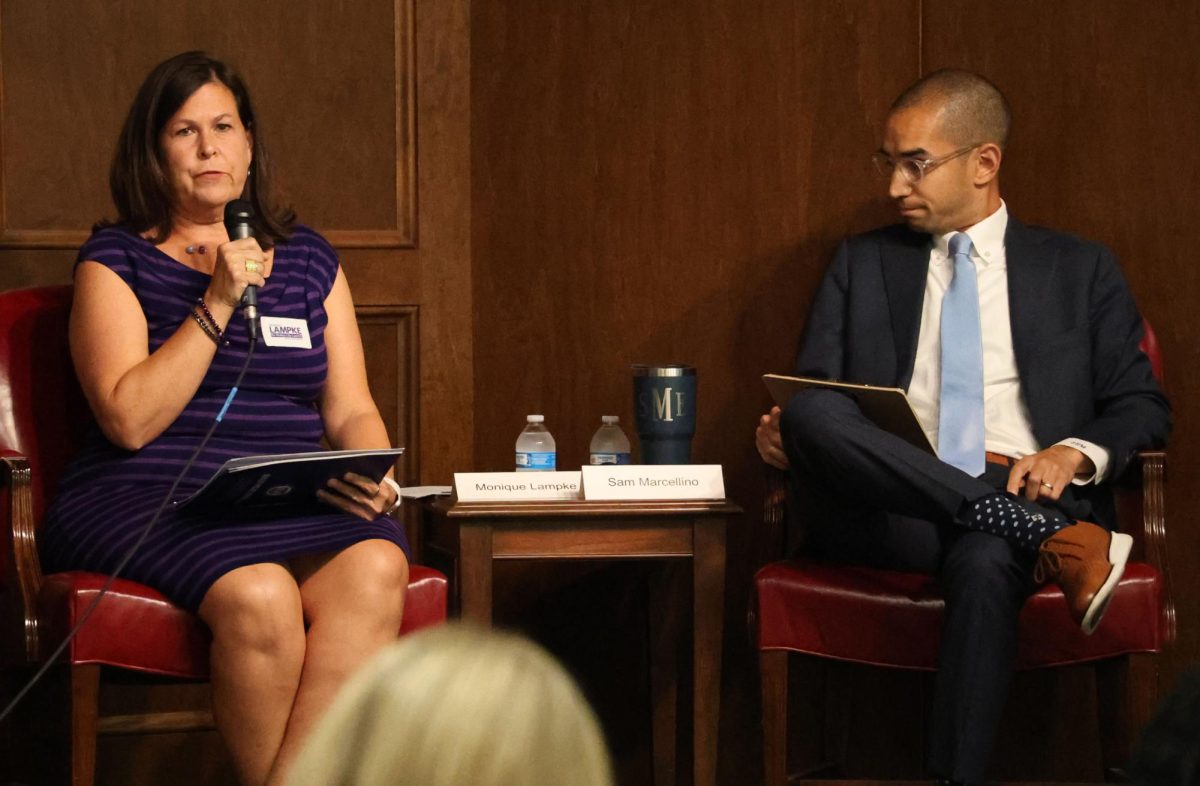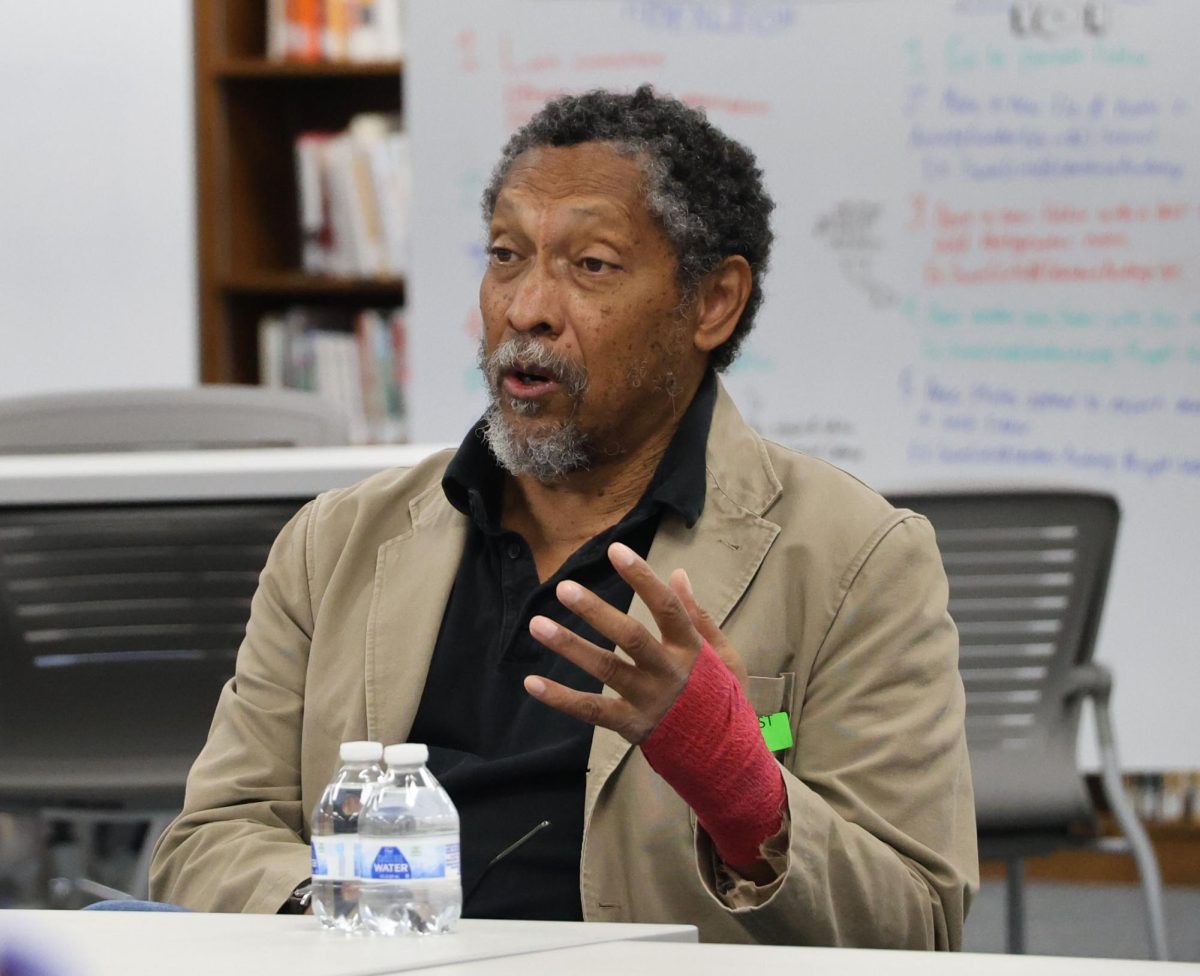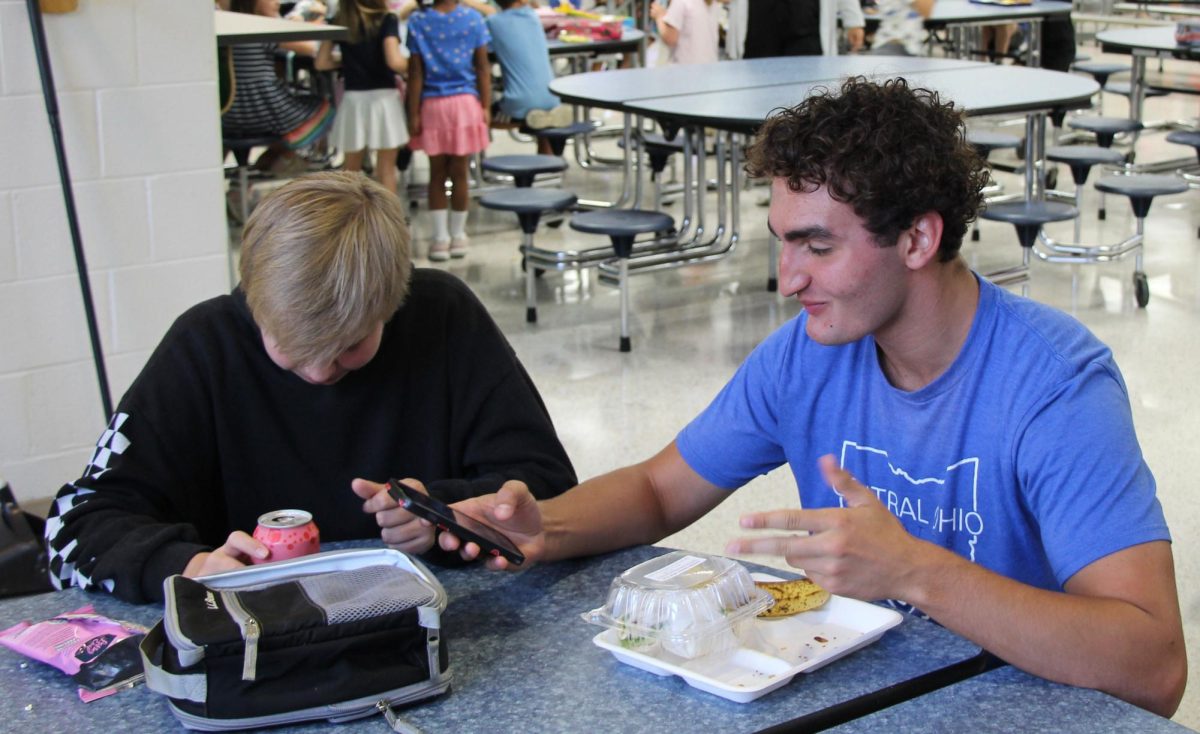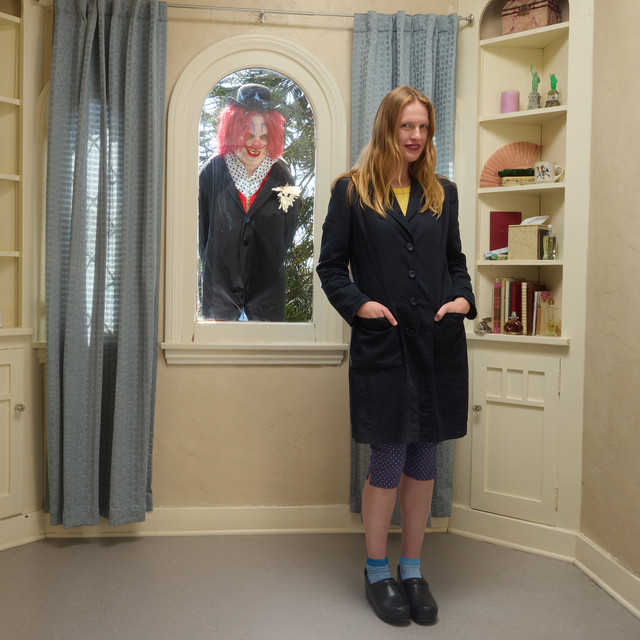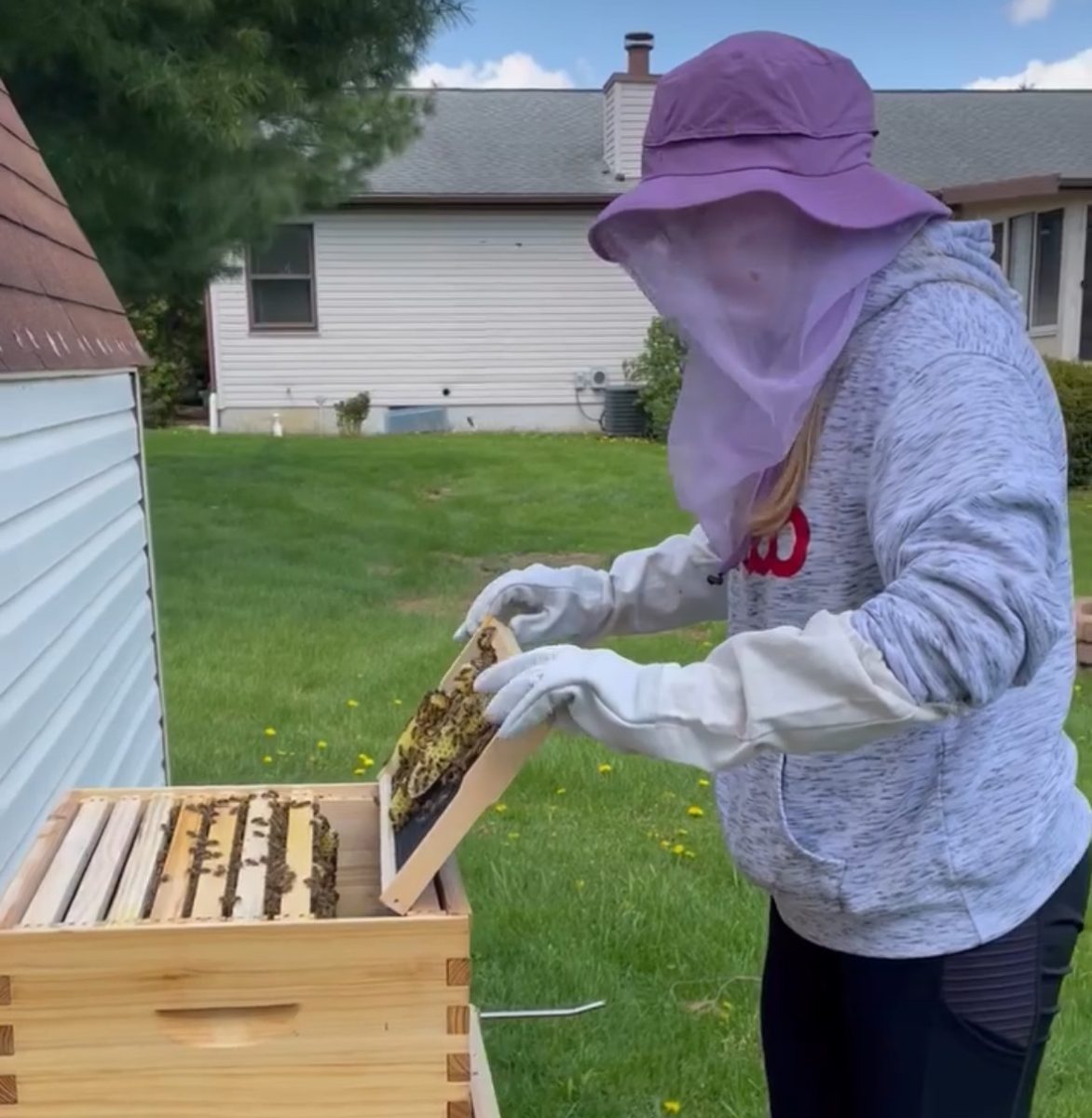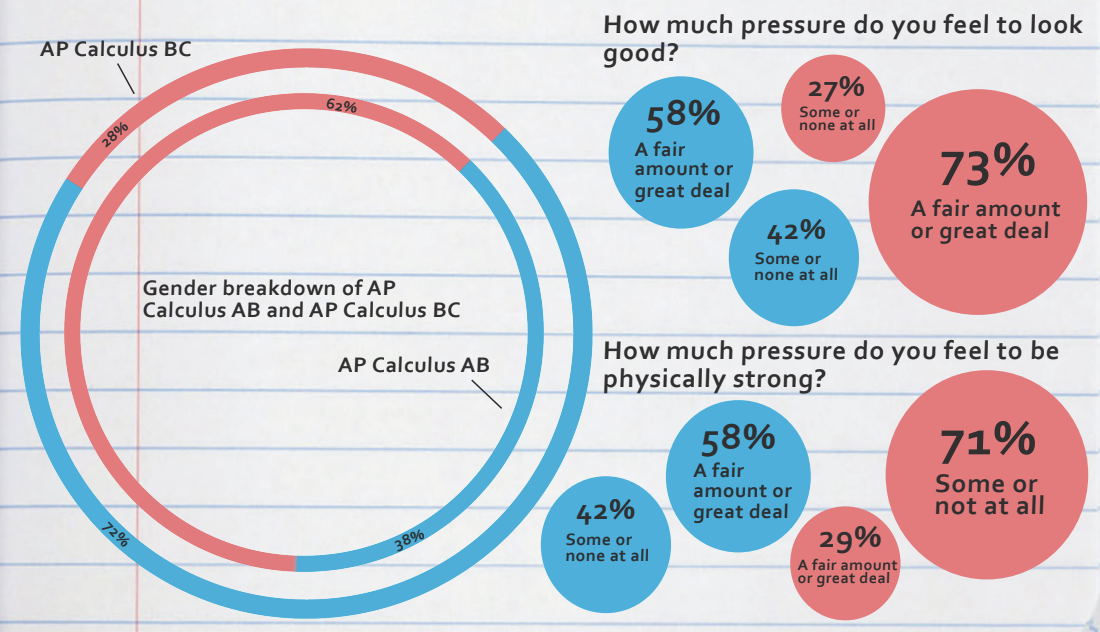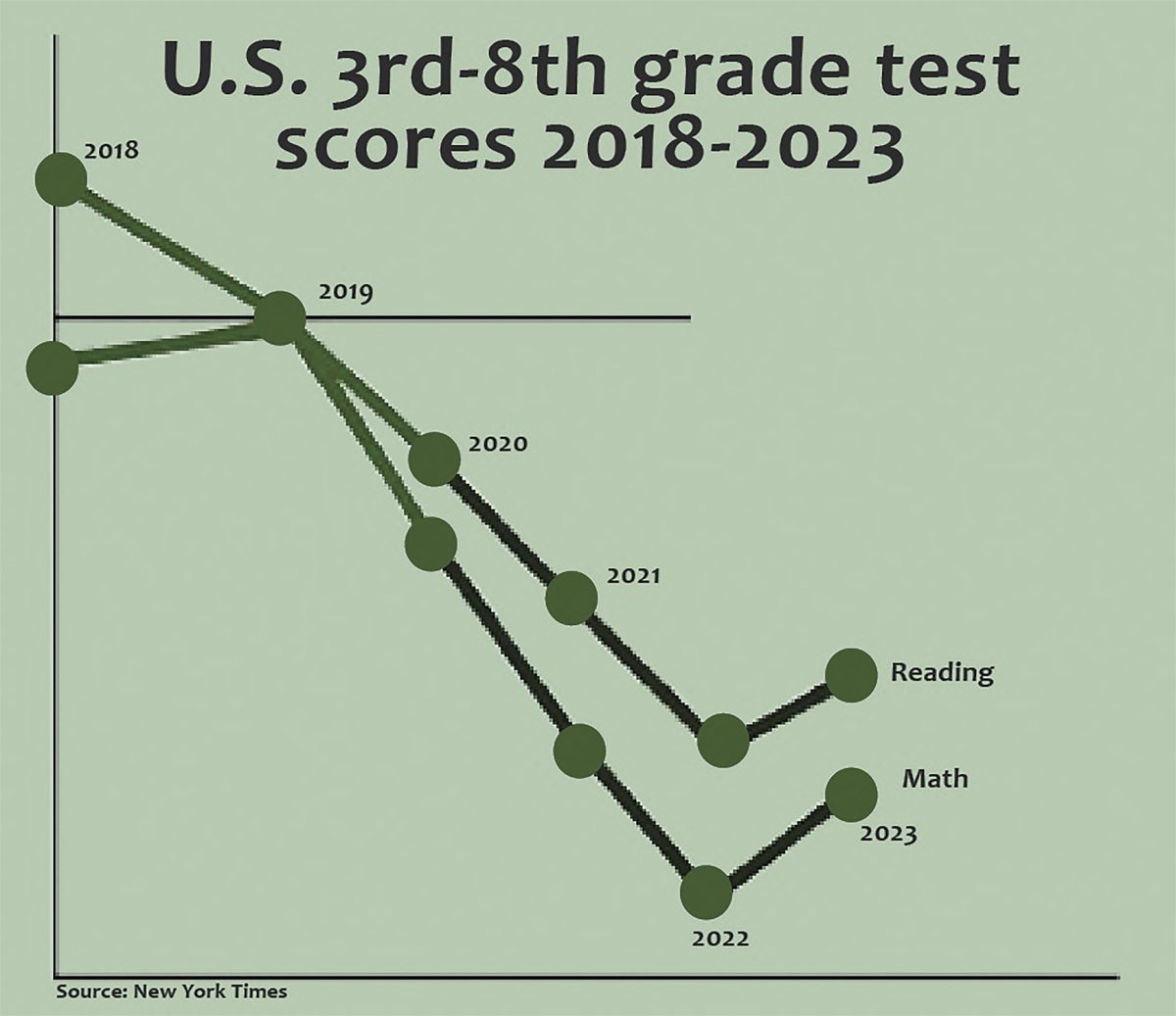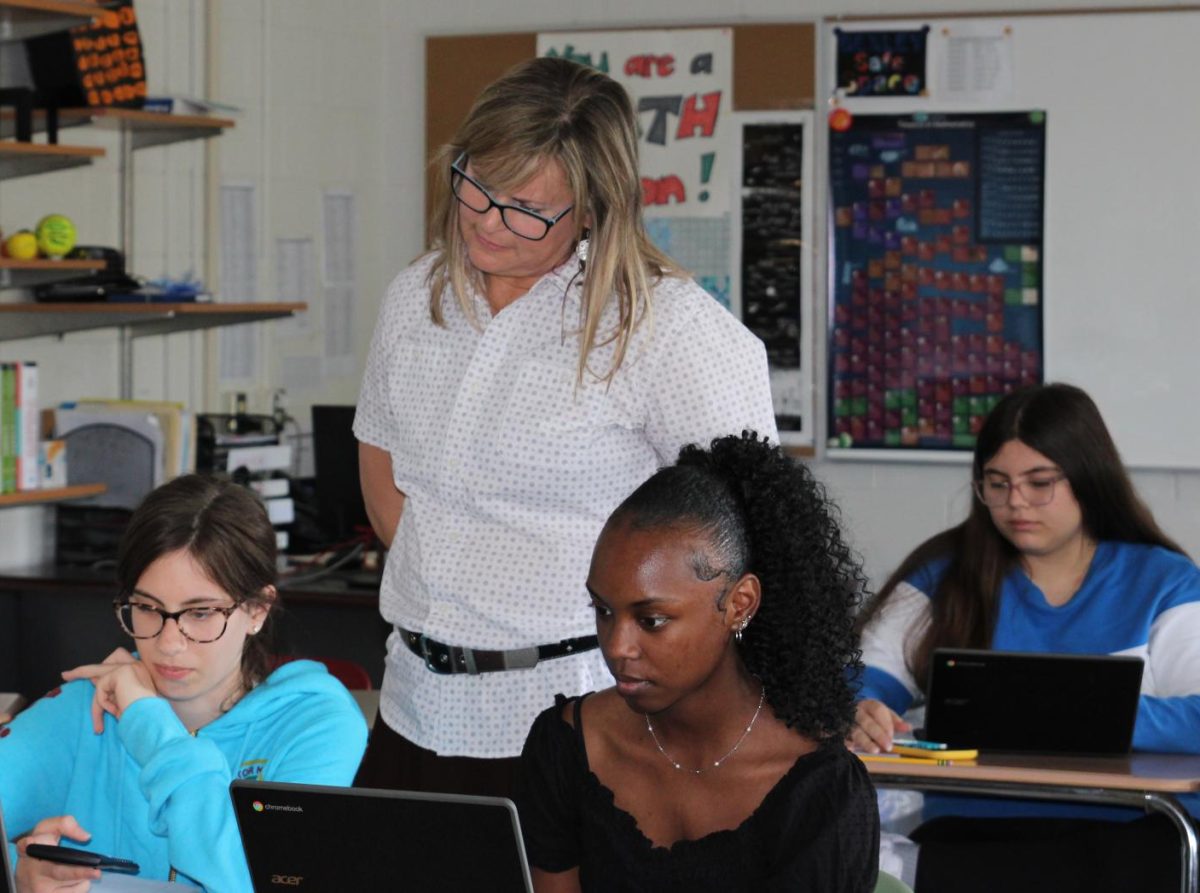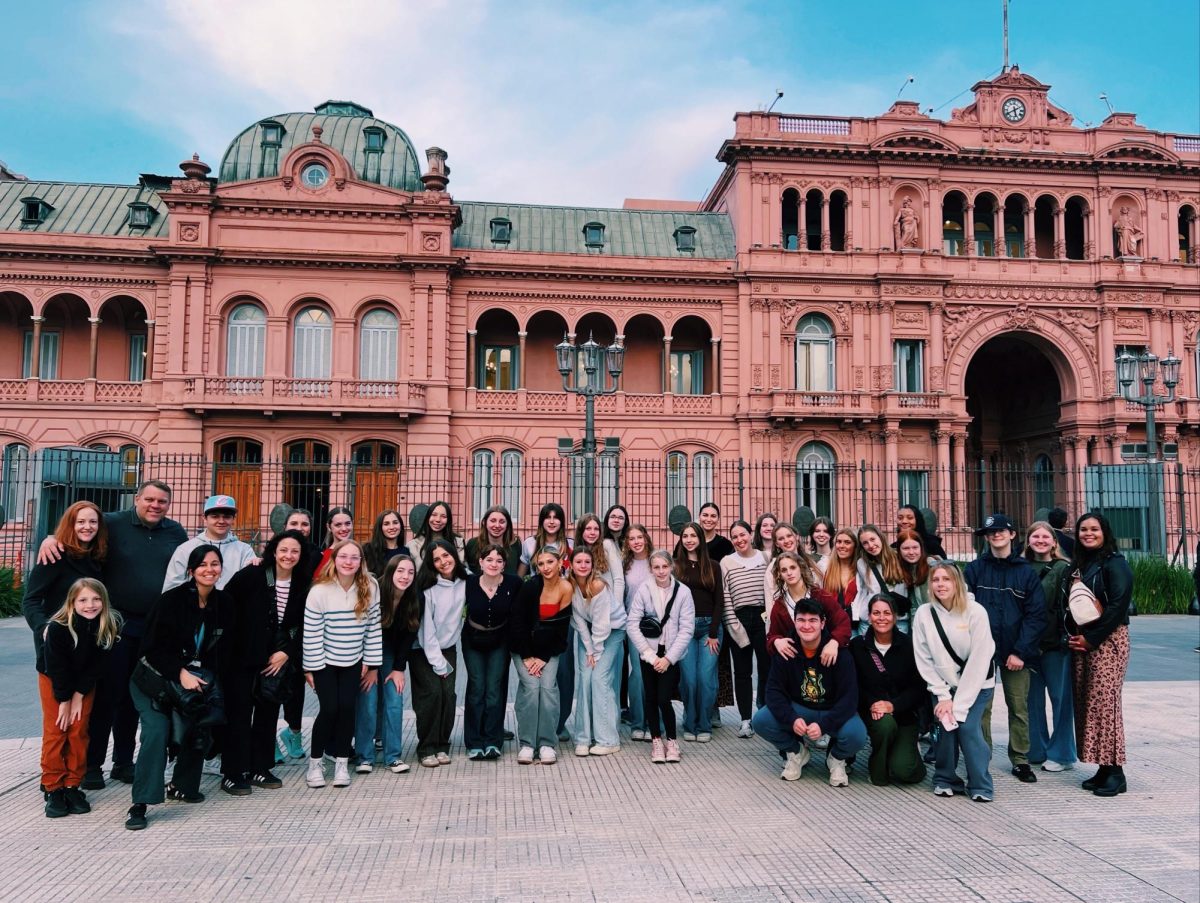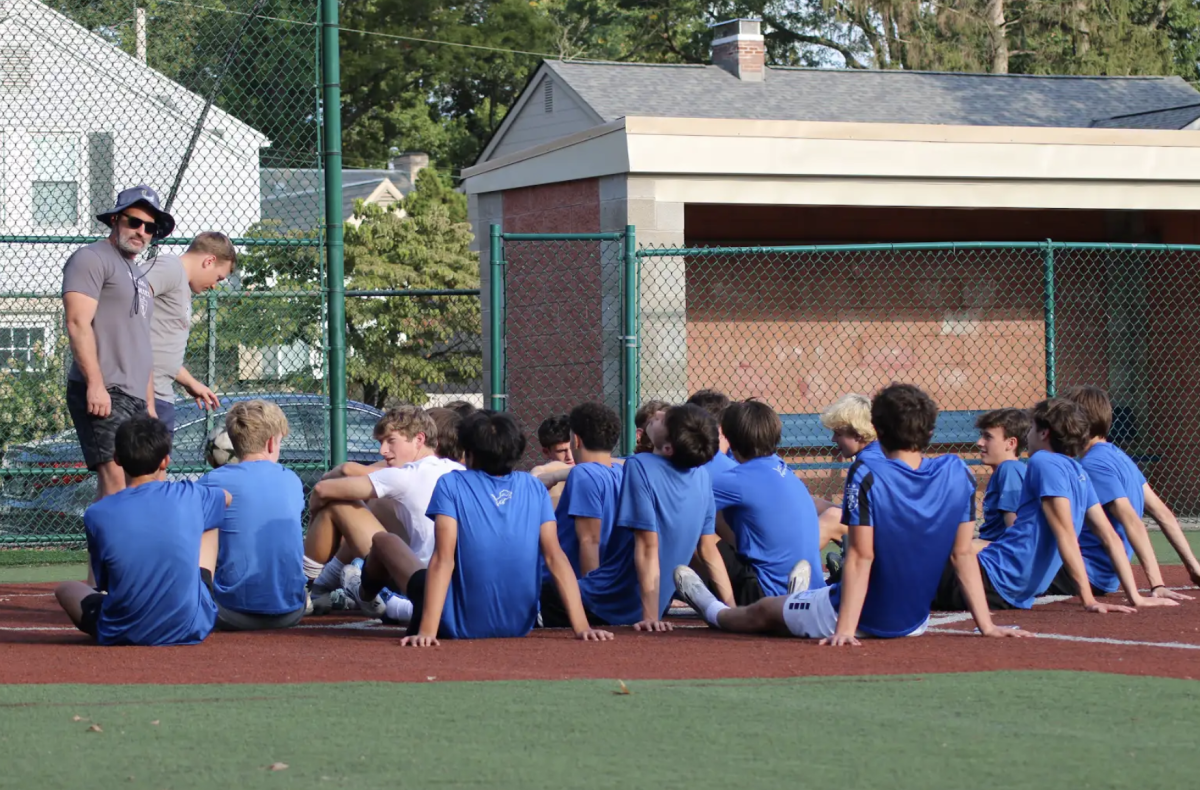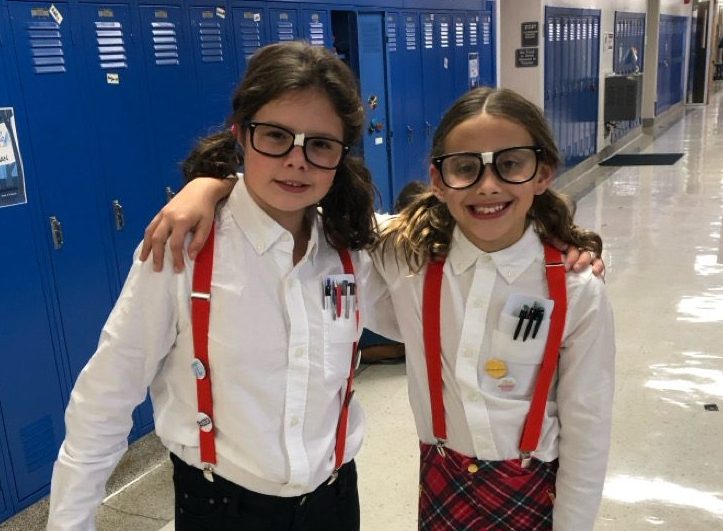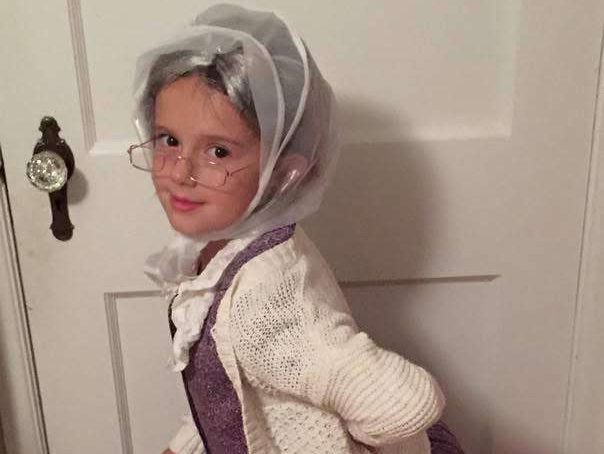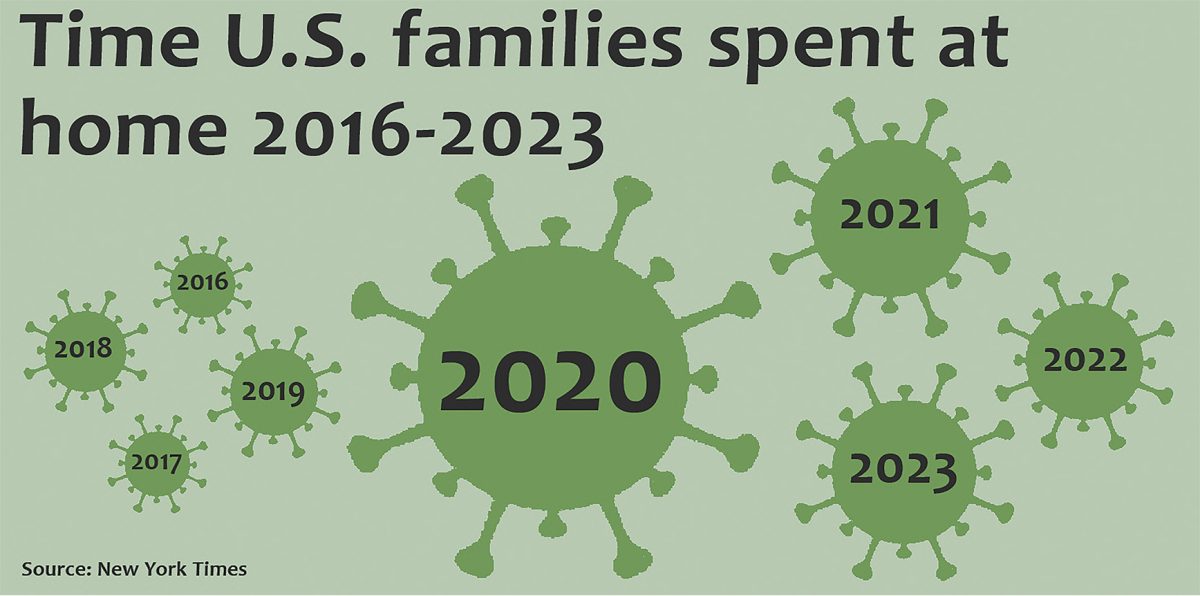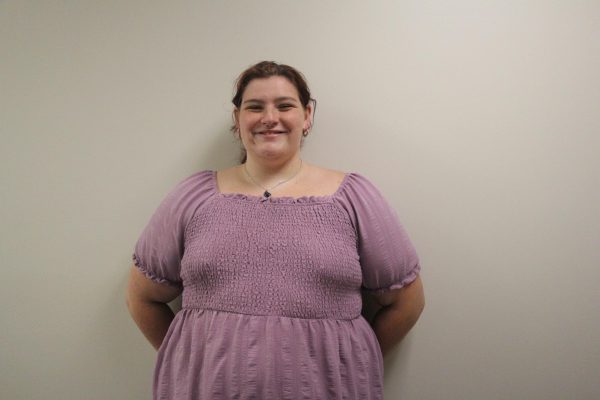Before COVID-19, teachers tried their hardest to limit personal devices in the classroom. Phones were to be tucked away, computers off and smartwatches muted. Then the world came crashing down, and teachers had to learn to adapt to a new way to teach. Suddenly, computers and phones were tools to be utilized.
Now, in the aftermath of COVID-19, teachers are still using technology, like iPads, in the classroom, and professionals and parents have varied reactions to how technology usage has expanded.
Ohio State University psychology professor Sarah Schoppe-Sullivan, an expert of family dynamics, said that parents explaining the reasoning behind their decisions surrounding technology, like whether or not to give their teen a phone, is crucial so that the child does not get confused or sad.
“If a parent is going to say no, they should be able to explain that,” Schoppe-Sullivan said. “They should have a conversation about it.”
She added there can be many factors that go into the parent’s choice regarding access to a personal device like age, developmental stage and peers.
“Parents often don’t know if their child’s friends have phones, and they may not know how that makes the kid feel,” she said.
Having open communication regarding technology, Schoppe-Sullivan said, is important to understanding both the parents’ and child’s point of view.
Mother of four young children Erin Crespo said she uses technology sparingly but still tries to explain to her kids why that is. She said school sends home iPads sometimes, so she knows her kids still have access to screens. She explained that three of her children have iPads, and while one has ADHD, they all sometimes get distracted because of the screens; they are more distracting than motivating, she said.
“One of my children has ADHD, and getting her to switch off the iPad can be hard,” she said. “iPads have their time and place. I just wish they were kept at school even more.”
Crespo said she has conversations with her children about the boundaries in place for her kids’ technology, but some things still slip past her. She said there’s very little control over what her kids see on these devices.
“It’s scary to let go of that control,” Crespo said. “I’m so used to having complete monitoring ability, but now it’s up to the teachers.”
Despite this, she said she appreciates the iPads because of how they help her children learn and engage with the content. She said her child with ADHD is more motivated to do school work if she knows she can use the iPad.
First grade teacher Simone Jones incorporates iPads as well as other technology in a helpful way, like how Crespo described.
“iPads are great motivation factors, and they get really excited to use them,” she said.
Not only does she use iPads for rewards, Jones said she also uses the SmartBoard to help teach kids who might be visual learners.
“I put harder, more abstract concepts on the board because I don’t want kids to feel lost,” she said. “Some students learn best when they can follow along with exactly what I’m doing, so I try to use the board to show examples.”
Jones explained this has helped her kids understand and follow directions better, which also creates a positive learning environment.
Principal of Secondary Schools Jason Caudill said he strives to establish that same positive learning environment throughout all buildings.
He said he has three main goals: promoting, monitoring and sustaining technological wellness. A committee consisting of parents, teachers, administrators and students creates smaller goals within each category to improve student relationships with technology, he said. `
“Everyone struggles with what the boundaries should be,” he said. “We want to open up the conversation.”
As part of the conversation, Schoppe-Sullivan said parents should recognize where they need to improve and model that for their children. Additionally, conversations should also come with examples, she explained.
“Parents also struggle with technology and boundaries,” Schoppe-Sullivan said. “Sometimes I catch myself scrolling through dinner without even talking to my family… No one is perfect, but we can help each other to improve.”


